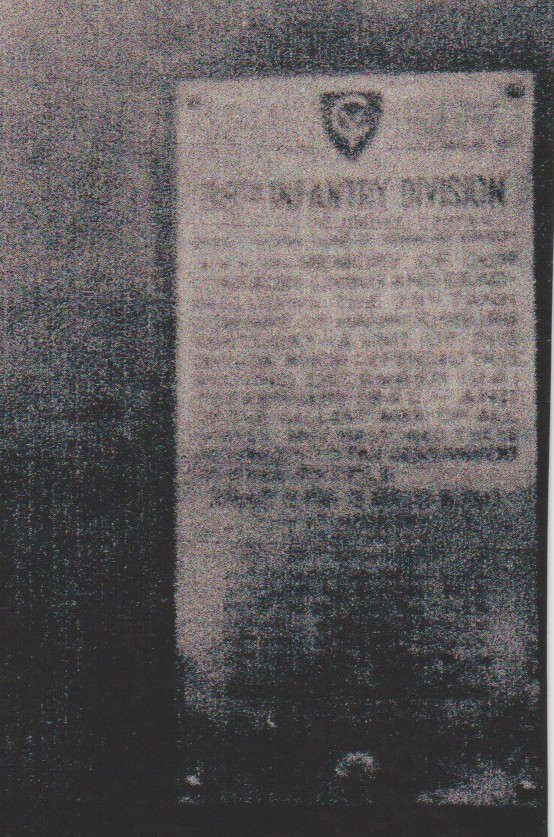
In January 1942, the Philippine Islands were invaded by the Imperial Japanese Army. Many of the prisoners taken on the notorious Bataan Death March, which followed the surrender, were members of the Army’s 38th Infantry Division, formerly the National Guard of Kentucky and Indiana.
When he was extracted from the Philippines on a Peter Tares (PT) boat to Australia by order of President Franklin D. Roosevelt, Gen. Douglas MacArthur vowed to return. Shortly after his departure, Gen. Ernest P. King was forced to surrender the American and Filipino forces under his command to the overwhelming Japanese forces, who took 76,000-78,000 of these sick and starving men and forced them to march 65 miles over six days, with limited food and water. Thousands died.
It wasn’t until 1945 that the Army would return to the Philippines, fulfilling MacArthur’s vow. On Jan. 19, 1945, the 38th Infantry Division (Cyclone Division) landed at Bataan. Designated by their commander, Maj. Gen. William C. Chase, as “The Avengers of Bataan”, these men would fight their way across the island of Luzon. From Jan. 29 to Sept. 2, they fought over 80,000 Japanese troops. Bataan was reclaimed in 19 days, as opposed to the 93 days it took for the Japanese to conquer it. The 38th went on to fight in such exotically named places as ZigZag Pass, Marivales, Carabao Island, the Pilar-Bagac Pass, Caballo Island, Fort Drum, Corregidor, the Sierra Madre Mountains and the Zambelas Mountains (the location of Clark Field and Fort Stotsenberg). All together, the division had spent 217 consecutive days in combat before they were relieved on Oct. 5, 1945.
Before the division returned to the States, the general decided that there was one more task to perform – the building of a memorial to those men of the 38th who fought and died in the defense of the Philippines. The memorial, built at the crossroads of the Bataan and Dinalupihan highways, was in the form of an obelisk, similar in design to the Washington Monument. My father, 1st Lt. James E. Curley Jr. of Company A, 113th Engineering Combat Battalion, was directed to design and to build the memorial.
Upon completion of the memorial, a brass plaque was hand-tooled in Manila. It read:
38th INFANTRY DIVISION
ARMY OF THE UNITED STATES
(Originally National Guard of Ky. and Ind.)
IN MEMORY OR OUR COMRADES
LIVING AND DEAD AND THE 38th TANK
COMPANY OF HARRODSBURG, KEN-
TUCKY WHO DEFENDED THIS GROUND
FROM DECEMBER 1941 TO FEBRUARY,
1942 – AND TO ALL GALLANT MEN
WHO RESTORED TO THESE PROVINCES
THE GOVERNMENT OF FREE PEOPLE
January 19, 1945 to August 16, 1945
149th INFANTRY
151st INFANTRY
152nd INFANTRY
138th Field Artillery Battalion
139th Field Artillery Battalion
163rd Field Artillery Battalion
150th Field Artillery Battalion
113th Engineering Combat Battalion
36th Cavalry Reconnaissance Troop
113th Medical Battalion
38th Special Troops
*
38th Tank Company
(Company D, 192nd Tank Battalion)
Source: The Cyclone, copyright by Peyton Hoge, 1947
Installation Date:
05 Oct 1945
Organization Responsible for Installation:
38th Infantry Division, Company A, 113th Engineering Combat Battalion
Memorial War Era(s):
- WWI
Memorial Condition:
Poor
Location:
crossroads of Bataan and Dilalupihan highways, Luzon

